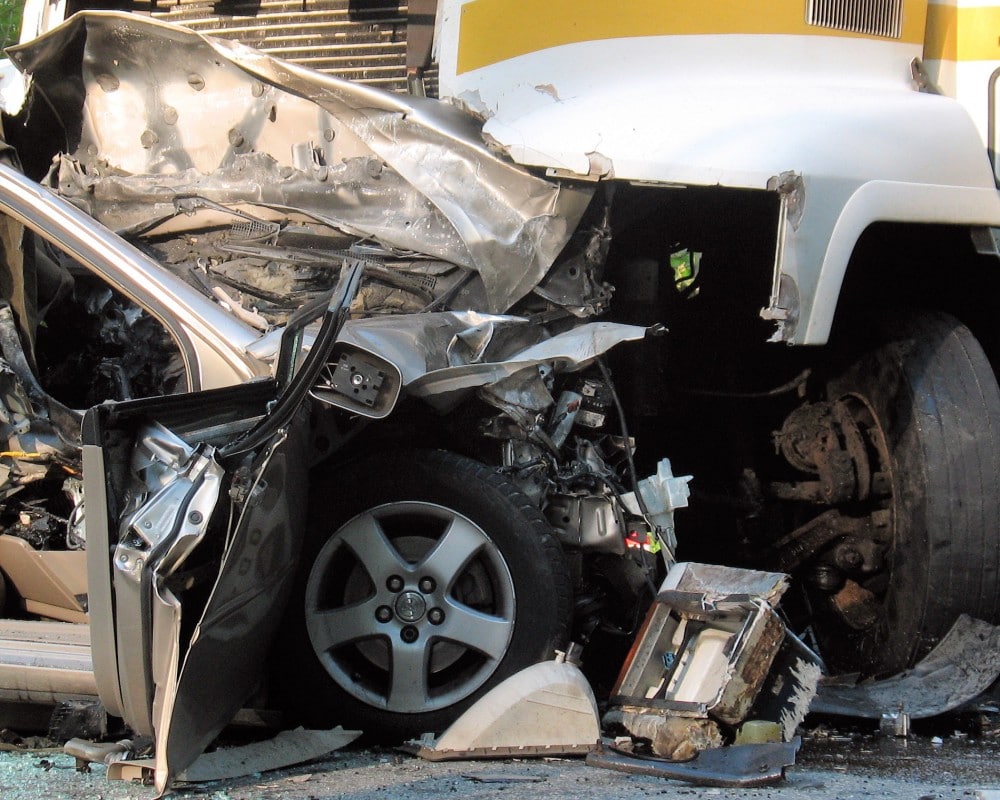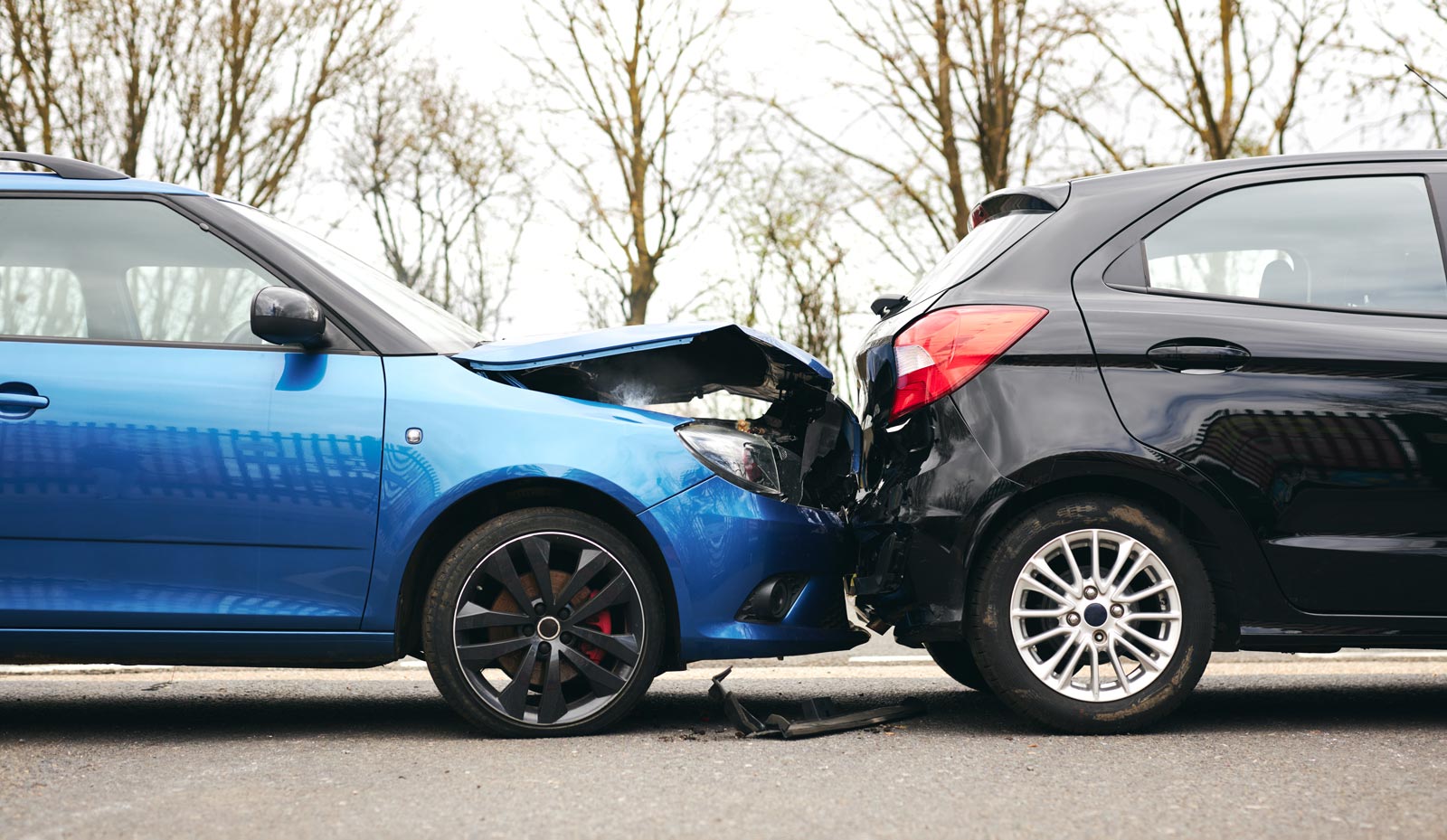
In 2012, more than 100,000 people were injured in trucking-related accidents in the United States, and nearly 4,000 people were killed; this represents an 18% increase in fatalities from 2009. Strangely, the trucking industry reported significantly less total distance traveled during this same period as well as a steep decline in the overall number of trucks on the road. Additionally, passenger vehicle fatalities also decreased nearly 2% from 2009 to 2012. These statistics have industry professionals, crash victims, and commercial trucking regulators scratching their heads with one hand and pointing fingers with the other.[1]
There are several variables involved with these spiking figures, all of which combine to create further confusion. Some condemn the American government for failing to implement new safety technologies on our roadways while others accuse exhausted drivers of pulling serious overtime as pressure mounts to deliver more freight and meet stricter deadlines. Of course, there’s also the element of basic human error being placed at the feet of passenger vehicle drivers who carelessly weave in and out of traffic, exceed the speed limit, linger too long adjacent to large commercial trucks with considerable blind spots, and/or drive distractedly.
Based on the statistics, perhaps the most disturbing element of this issue is the sorely lacking degree of oversight regulating drivers and their trucks alike. In 2012, 5% of drivers (totaling over 170,000 individuals) were removed from their position due to having too many violations, and more than 20% of commercial trucks were taken off the road for having too many mechanical violations. Additionally, it’s estimated that only about 10% of trucks have some sort of active safety technology in place.[1]
Even with the increasing rates of trucking-related injuries and deaths, the commercial trucking industry is more vital than ever. As our economy continues to rebound, there promises to be more trucking traffic on our roadways than ever before during the years to come. The American Trucking Association estimates that aggregate freight tonnage will increase almost 25% by 2025 and that the industry will need to add an additional 100,000 drivers annually over the next decade to keep up with demand.[1]
How, then, can we reconcile an increasing demand for freight with a corresponding increase in trucking-related accidents? Dave Osiecki, Executive Vice President of National Advocacy at the American Trucking Associations has a particularly defeatist attitude regarding the issue. He states, “There will always be risk on our roads; there’s no doubt. We have to decide as a society: how much risk do we accept?”[1]
Reformers disagree and are attempting to be more proactive about the issue. Many are calling for decreased hours for drivers, but industry leaders claim that this change will only result in more trucks on the road, leading to more congestion and an even greater potential for increased accidents. Another suggestion is to enforce a mandatory break period of 34 hours following a maximum workweek of 70 hours (down from 82), including scheduled rest between 1:00 to 5:00 a.m. on consecutive nights before beginning the new workweek. Again, industry insiders disagree with the reasoning behind such a suggestion. They argue that this practice would place an inordinate number of drivers on the road during rush hour, again leading to traffic congestion and more accidents.
Much of the data suggests that passenger vehicles are often the cause of trucking-related accidents, with truck drivers often simply unable to react in time to other individuals’ careless driving. With that in mind, several European automakers are developing technology to ease some of the burden placed on truck drivers by implementing automated safety measures. Volvo is developing an auto-detection feature on their commercial trucks that incorporates radar technology to detect when a truck is too close to the vehicle in front of them or is drifting over the line and into an adjacent lane. Meanwhile, Mercedes-Benz is developing a truck that essentially drives itself with minimal direction on the part of the actual driver. These innovative approaches are definitely on the cutting edge of truck safety, but there will inevitably be a backlash toward the potential for mechanical failure.
At the end of the day, motorists and commercial drivers all place themselves in considerable risk the moment the ignition key is turned and the vehicle is put in gear, but that doesn’t mean that we should neglect our responsibility as citizens or as a society to do all we can to keep one another safe on the roads. Wear your seatbelt, travel at the speed limit, and drive courteously, recognizing the right of way, maintaining a safe distance between other vehicles, and meticulously checking your mirrors and blind spots when changing lanes.
Reference:
[1] Javers, E., & Schlesinger, J. (2014, July 30). Truck accidents surge: Why no national outcry? CNBC. Retrieved from: http://www.cnbc.com/id/101875063#_gus








